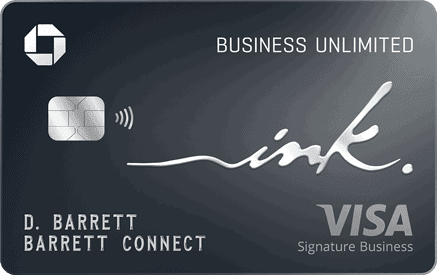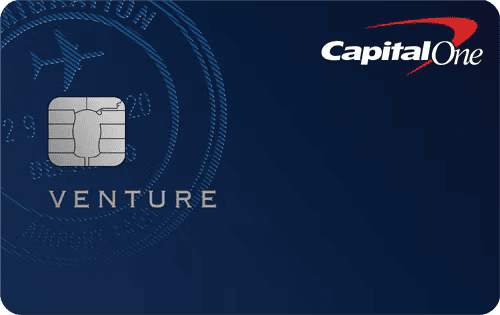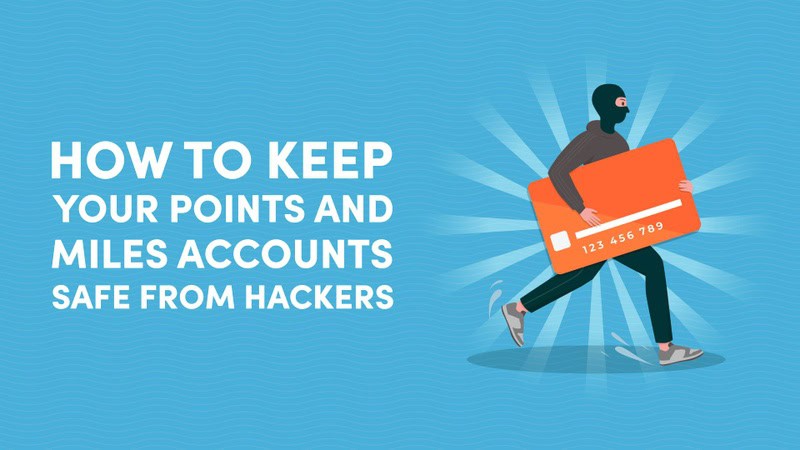
10xTravel is part of an affiliate sales network and receives compensation for sending traffic to partner sites, such as CreditCards.com. This site may earn compensation when a customer clicks on a link, when an application is approved, or when an account is opened. This compensation may impact how and where links appear on this site. This site does not include all financial companies or all available financial offers. Terms apply to American Express benefits and offers. Enrollment may be required for select American Express benefits and offers. Visit americanexpress.com to learn more. All values of Membership Rewards are assigned based on the assumption, experience and opinions of the 10xTravel team and represent an estimate and not an actual value of points. Estimated value is not a fixed value and may not be the typical value enjoyed by card members.
Note: Some of the offers mentioned below may have changed or may no longer be available. The content on this page is accurate as of the posting date; however, some of our partner offers may have expired. You can view current offers here.
In our quest to earn points and miles, it’s easy to forget about the potential risks involved.
Unfortunately, even if you always follow the rules of responsible credit card usage—consistently paying your balance off before its due date and never overspending—you still remain at risk of a crime out of your control: credit card fraud.
In 2023, 52 million Americans experienced credit card fraud, with fraudulent charges adding up to more than $5 billion. Moreover, only 7% of these crimes involved stolen credit cards—the rest were done remotely, by means of identity theft.
Nevertheless, by employing preventive measures consistently and knowing what to do when worse comes to worst, you can be well prepared in the event of a credit card hack. Let’s look at how to keep your accounts safe from hackers.
What Is Credit Card Fraud?
Credit card fraud is the illegal and unauthorized use of your credit card by another person, resulting in fraudulent charges being made to your account. Credit card fraudsters typically use your card to either purchase goods or withdraw funds by way of a cash advance.
There are two variations of credit card fraud to be aware of: new account fraud and existing account fraud.
New account fraud involves the theft of your identity (through stealing your personal information) to open new credit card accounts in your name. Fraudsters will then make purchases and cash advances that they never plan to repay. New account fraud is the most common type of credit card fraud in the United States.
In contrast, existing account fraud involves the theft of your existing credit card details—either by phishing, skimming, physical theft or the cloning of your card—to make purchases and cash advances that will remain unpaid. Fraudsters also typically change your account passwords to lock you out of your account, delaying your response time.
If your credit card account is set to auto-pay and you don’t check your statements regularly, it’s easy to miss fraudulent charges. If that happens, you may end up accidentally paying for the crimes of credit card fraudsters without realizing it.
Credit card fraud often forms part of a larger identity theft attack.
Identity theft involves the use of your personal information—such as your Social Security Number (SSN), address and other details—to open new credit card accounts, take out loans and perform other financial transactions. For this reason, you should always treat credit card fraud as a potential symptom of a larger attack.
The Consequences of Credit Card Fraud
Many card issuers offer zero liability protection when it comes to credit card fraud.
Zero liability protection ensures that you won’t be held liable for any unauthorized, fraudulent charges made to your account. Other card issuers may hold you liable to the Fair Credit Billing Act (FCBA) liability limit of $50, provided you report the theft within 60 days of the incident.
If you catch cases of credit card fraud early, zero liability protection helps ensure you’ll be compensated for any losses.
However, if you’re late to catch fraudulent charges and end up not being able to pay your balance off before its due date, your credit score might be impacted. Likewise, in larger cases of identity theft in which new accounts and lines of credit are opened in your name, your credit score could be severely affected. It can also take anywhere from a few months to several years to recover from cases of identity theft, as your personal information is compromised.
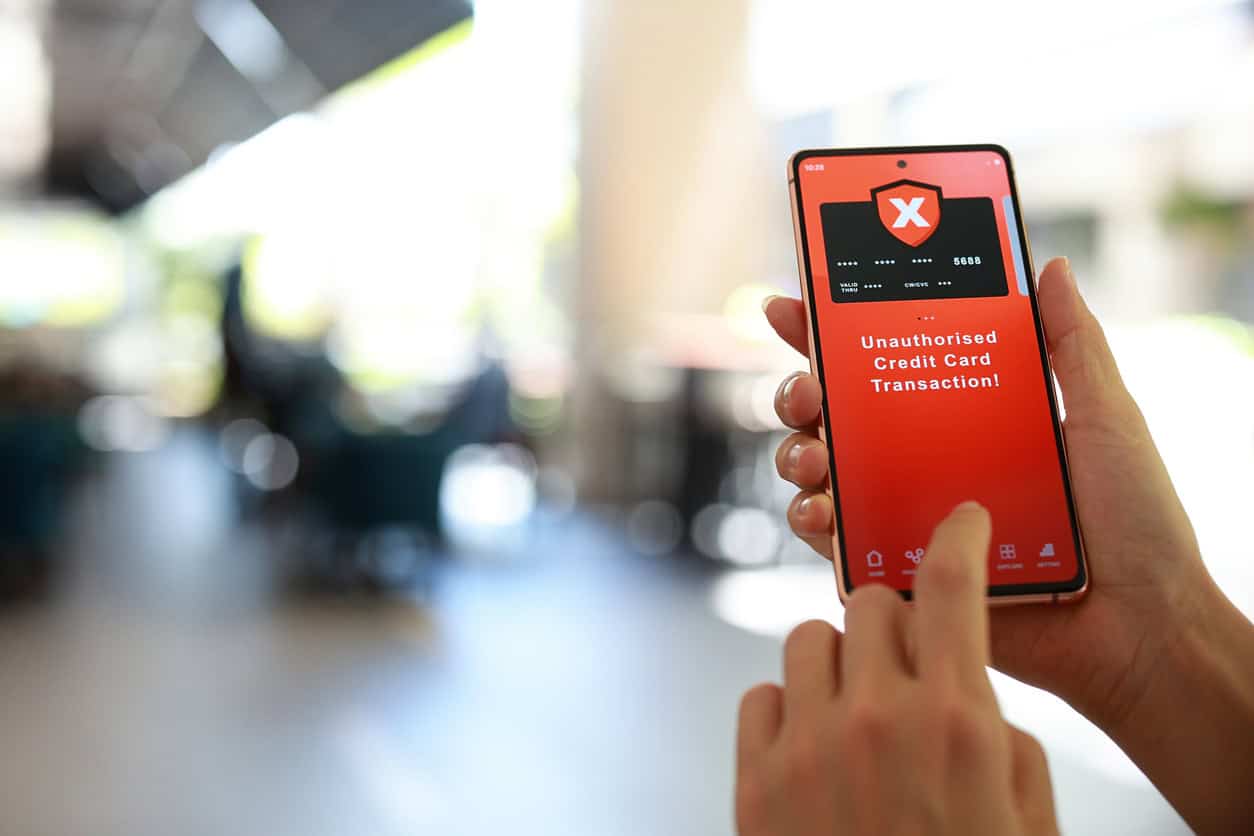
credit card fraud
How Does Credit Card Fraud Occur?
The techniques employed by credit card fraudsters range from sophisticated technological scams to outright physical theft. Here’s an overview of the main tactics used by credit card fraudsters.
Physical Theft
Pickpockets will steal your card or entire wallet if given the chance. They can then use your credit card to make purchases.
Pickpockets tend to operate best in crowded places, such as in big cities, public transportation and other busy spaces. They often operate in groups, either by distracting their victims through seemingly harmless interactions or by passing the stolen goods across multiple people, making it harder to identify the crime.
Internal pockets and fanny packs are a great place to store your valuables, particularly if you can hide them underneath clothing. Depending where you are, it can also be smart to carry a fake wallet with you in the event that you’re mugged.
Card Cloning and Skimming
Card cloning—done through the practice of “skimming”—involves stealing your card information while you make a legitimate transaction. This is done by attaching a device to card terminals such as ATMs, point-of-sale devices or card readers at self-service checkouts and gas station pumps. The device copies your card information which can then be transferred by the fraudster to another card, enabling them to run up your balance.
It can be difficult to judge whether a card terminal has been tampered with. The easier way to avoid card cloning is to always use ATMs inside of banks, as these are monitored more frequently than other ATMs.
However, point-of-sale terminals still pose a risk. Your best bet is to use a chip card, as these cards encrypt sensitive information making them more difficult to clone. Likewise, using a personal identification number (PIN) makes it even more difficult for fraudsters to clone your card. If possible, opting for contactless payment can provide a further layer of security against card cloning, as well as in-app, two-factor authentication.
Phishing
Credit card fraudsters may attempt to contact you by email, telephone or text, pretending to be someone they’re not.
The usual scam involves fraudsters claiming to be a member of an institution—such as a bank or governmental agency—warning you about an impending problem in which you’re required to act urgently, typically by giving over your card information and other personal details.
Some fraudsters may also contact you claiming to be someone you know or someone who can help you receive some form of benefits. For instance, you may be told you’ve won a prize or that you can receive a lower interest rate on your credit card account.
In all cases, if you hand over your credit card and personal information, the fraudster will be able to commit credit card fraud and identity theft, running up your balance and leaving you to deal with the consequences.
Data Breaches
Probably the biggest factor out of your control leading to credit card fraud and identity theft is data breaches.
Data breaches occur when hackers successfully hack into governmental and corporate agencies, leaking the personal information of hundreds of thousands of their clients. This information is typically then sold on the dark web and used for identity theft.
There’s not much you can do to prevent data breaches. However, if you become a victim, you can sign up for a credit monitoring service that scans the internet for the fraudulent use of your data.
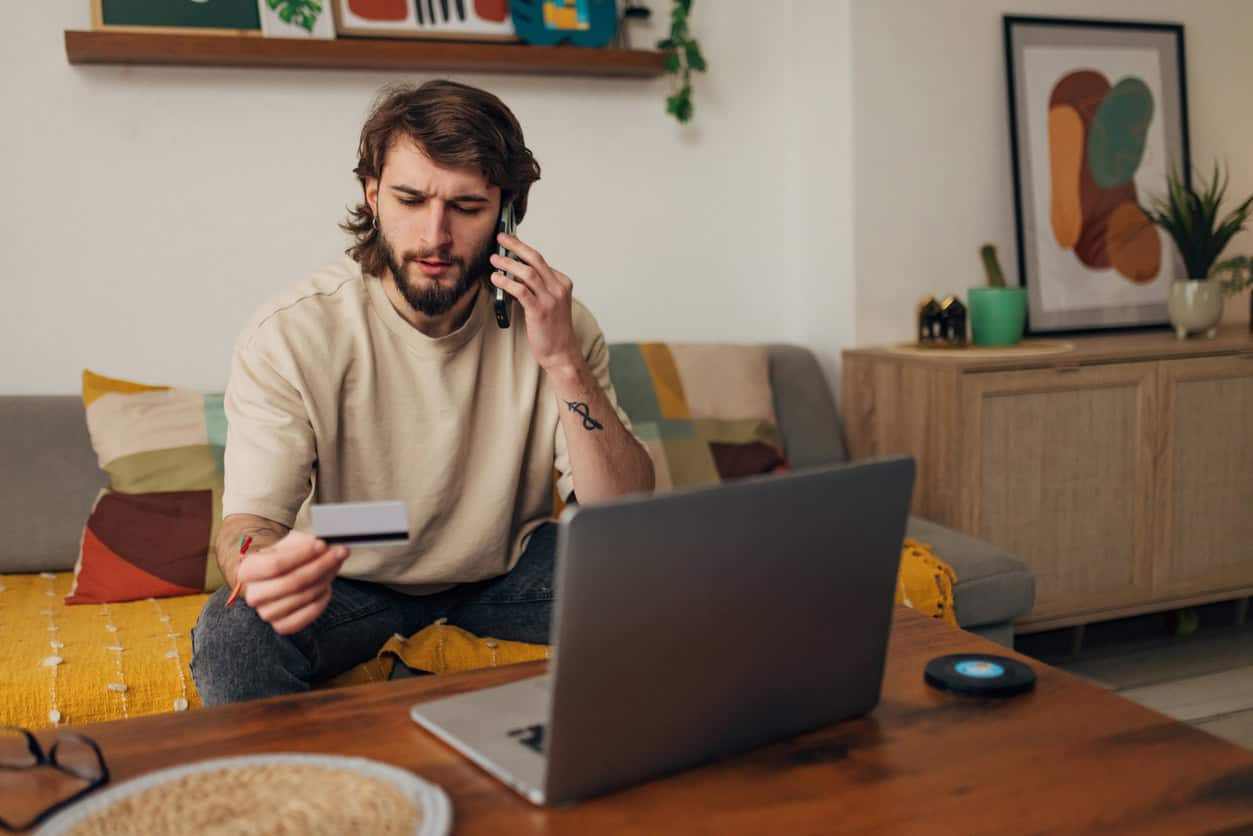
How to Prevent Credit Card Fraud
While credit card fraud isn’t entirely avoidable, you can significantly reduce your chances of becoming a victim to fraudsters with solid preventative measures.
Check Your Monthly Statements
Credit card fraud prevention begins with always checking your monthly statements. If you’re struggling to remember to check your statements, turning off auto-pay can help force you to be more consistent. Reconciling your accounts regularly is key to spotting credit card fraud early.
Keep in mind that fraudsters may make a very minor “test” transaction on your account, which could be as little as a few cents. Be suspicious of small transactions that you don’t recognize, as they can be the prelude to a much larger fraudulent transaction.
If you see a charge on your account that you don’t remember making, contact your credit card issuer immediately. Likewise, an easy giveaway is a charge made to your account from a country you weren’t in at the time.
Protect Your Card Information
The second key to preventing credit card fraud is protecting your card information.
Ensure that you store any important receipts securely and that you destroy unnecessary receipts promptly. Take advantage of the shredder and keep your receipts in a secure location—they can also help when it comes to reconciling your account statements.
When completing transactions online, ensure that the website is secure by checking that the URL has a lock symbol next to it. Using websites you trust and that are well established can help reduce the risk of credit card fraud. Likewise, using a credit card is always preferable to a debit card, due to zero liability protection.
If you’re required to enter sensitive card information online, ensure you’re connected to a private Wi-Fi network or using your personal data (i.e. not a public Wi-Fi network) and check to see if your card issuer offers one-time use card numbers. One-time use card numbers—also known as disposable or virtual cards—help to protect you against fraudsters by using limited-time numbers for transactions.
If you ever receive an unsolicited call or text claiming to be from a person or institution that you know, always be skeptical. Asking the caller for their name, department and telephone number is a proven test for checking if they’re legitimate or a fraudster.
Banks will never ask you to provide sensitive card information over the phone or via text, so beware of such requests. Similarly, if you receive a text from someone you know that seems strange, try to contact them via another channel or even in-person to confirm that it’s really them.
As a general precaution, you should avoid saving card information for future purchases on websites and also consider changing the passwords for all of your accounts at regular intervals. Signing up for two-factor authentication also helps to make fraudsters’ lives more difficult.
Check Your Credit Reports
You can request your credit reports from the three major credit bureaus—Equifax, Experian and TransUnion—for free.
Checking your credit reports will enable you to see if there have been any hard inquiries on your report, which could indicate that an account in your name has been opened or is in the process of opening. Likewise, if your credit utilization score has increased without you taking out any more credit than usual, this could be a sign that unauthorized charges have been made to one or more of your credit card accounts.

What to Do in the Event of a Credit Card Hack
Speed is essential in cases of credit card fraud, as the longer you wait, the greater the damage can be. Let’s run through the steps to follow when your credit card is hacked.
Contact Your Card Issuer
In the event of a credit card hack, your first task is to contact your card issuer.
Most credit card issuers provide a toll-free emergency hotline number you can call in cases of credit card fraud. You can usually find this on your monthly statement or on your online account. Keeping a copy of this number with you at all times is a sensible decision, particularly if you’re traveling abroad. However, ensure that the number is separate from where you store your cards. Otherwise, in the event of a physical theft of your card, you’ll lose the number too.
Some card issuers also enable you to report fraud through their banking app or website, so be sure to know your options in advance.
Once you’ve contacted your card issuer to notify them of credit card fraud, you can’t be held liable for any further charges. And even before you report fraudulent charges to your card issuer, you can be held liable for a maximum of just $50 in accordance with the Fair Credit Billing Act.
Freeze Your Credit
A credit freeze prevents creditors from accessing your credit report. That means no one can open an account in your name, protecting you from further fraudulent activity.
Freezing your credit is free to do and lasts indefinitely. If you need to open an account or apply for a loan or a mortgage in the future, you can temporarily unfreeze your credit using a one-time PIN. However, it’s recommended to freeze your credit again after you’ve successfully applied for an account or loan.
There’s also the option of applying a “credit lock” to your credit report, which is typically more immediate and doesn’t require a PIN to lift it. However, credit locks can be hacked by fraudsters more easily than credit freezes, so keep this in mind.
You’ll need to freeze your credit with the three major credit bureaus individually. Credit freezes don’t affect your credit score, so you’ll be able to continue building your score as usual.
Keep in mind that if you’re suffering from a full-scale identity theft, it’s a good idea to freeze your credit with other consumer reporting agencies. Alongside the three major credit bureaus, freezing your credit with ChexSystems and LexisNexis can help further deter the efforts of fraudsters. You should also opt out of LexisNexis to prevent them from sharing your non-FCRA (Fair Credit Reporting Act) information with their clients.
You should also consider freezing your credit with low-income, subprime credit bureaus, as fraudsters may run through these agencies to apply for payday loans in your name. Some examples include:
- Clarity Services Inc.
- DataX LTD
- FactorTrust Inc.
- Microbilt Corporation
- Teletrack Inc.
Additionally, if you suspect that you’re the victim of tax identity theft, you can apply for an IRS identity protection PIN (IP PIN). This prevents fraudsters from filing a tax return using your SSN or individual taxpayer identification number (ITIN).
Activate a Fraud Alert
In addition to a credit freeze, adding a fraud alert to your credit report provides an extra layer of protection against credit card fraud.
You can place an initial fraud alert on your credit report, which lasts for one year. This forces creditors and banking institutions to contact you and verify your identity before opening an account with you. You’ll need to contact only one of the credit bureaus to activate a fraud alert on your report, as they’ll inform the other two bureaus.
After the year has passed, you can then place an extended fraud alert on your credit report which lasts up to seven years. To do so, you’ll need to have filed an identity theft report with the Federal Trade Commission (FTC) or with the police. An extended fraud alert will also remove you from the credit bureaus’ marketing lists for unsolicited credit and insurance offers for up to five years.
File a Report With the FTC and Police
Filing a report for identity theft—which is the broader crime of credit card fraud—is crucial. You’ll need to file the report with the FTC and keep a copy of it. You can do this either through their website (www.identitytheft.gov) or by calling 877-438-4338.
Filing a report with the FTC gives legitimacy to your claims and ensures you have certain rights as a victim of identity theft.
It’s also crucial to file a police report. Credit card issuers may ask for a police report to corroborate the fraudulent charges.
Sign Up for a Credit Monitoring Service
Credit monitoring services stay on top of your credit report for you. These are paid services that can help you identify fraud in the early stages. If you’ve fallen victim to credit card fraud or suspect you might have, signing up for one of these services is a solid move.
Make sure to compare providers, as their pricing can vary widely.
Continue to Monitor Your Accounts
It’s important to continue checking your accounts and credit reports for further fraudulent charges. It’s also key to stay in touch with your credit card issuer to ensure you receive the compensation you deserve. Don’t feel pressured to pay off fraudulent charges.
Final Thoughts
None of us are 100% safe from credit card fraud and identity theft. However, by checking your monthly statements, protecting your card information, opting for contactless payments and checking your credit reports regularly, you can significantly reduce the risk of credit card fraud.
And if you do fall victim to credit card fraud, following the steps above will help lessen the damage and prevent you from paying for fraudulent charges.
New to the world of points and miles? The Chase Sapphire Preferred® Card is the best card to start with.
With a bonus of 75,000 bonus points after you spend $5,000 on purchases in the first 3 months from account opening. , 5x points on travel booked through the Chase TravelSM Portal and 3x points on restaurants, streaming services, and online groceries (excluding Target, Walmart, and wholesale clubs), this card truly cannot be beat for getting started!
Editors Note: Opinions expressed here are author’s alone, not those of any bank, credit card issuer, hotel, airline, or other entity. This content has not been reviewed, approved or otherwise endorsed by any of the entities included within the post.




